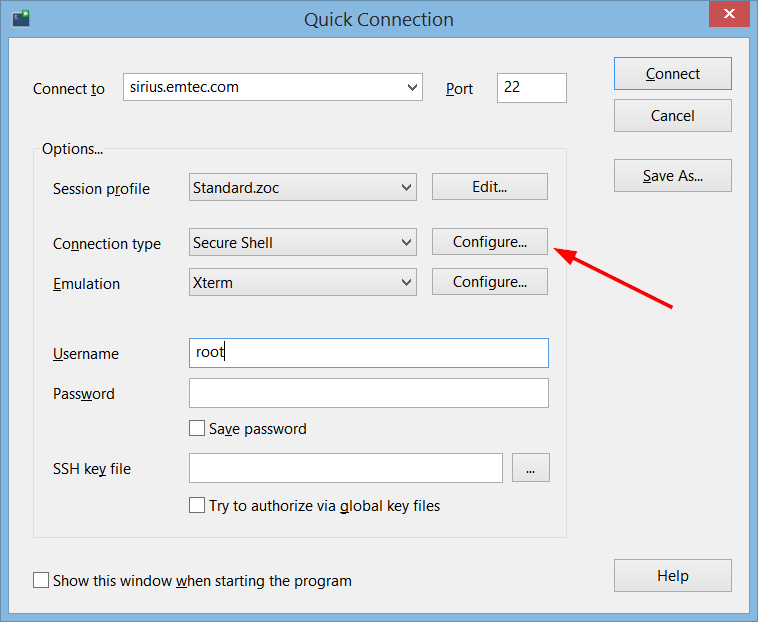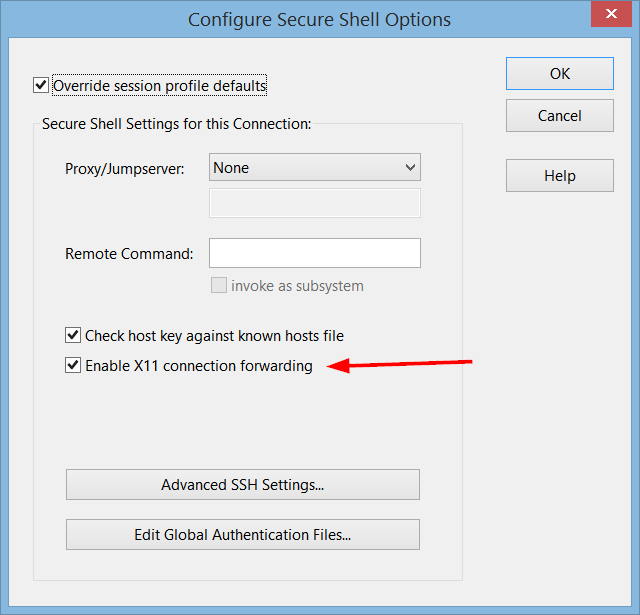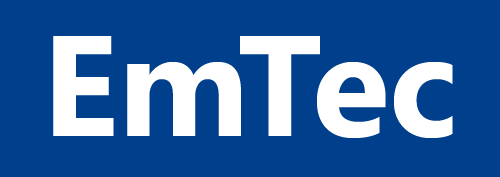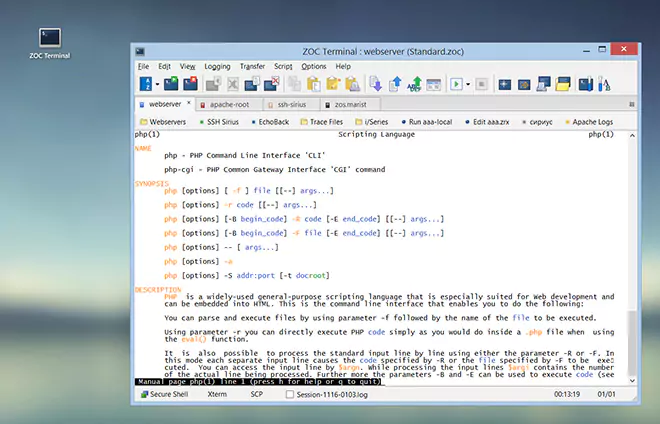Table of Contents
Why X11-Forwarding?
While SSH (Secure Shell) enables users to conenct to a remote shell on a client,
such shell access allows only text-based interaction between the user and the
server programs.
However, X11 is a system that allows server programs to show graphical client user
interface (essentially pixel based output that is shown its own window). This
is a long established protocol, but it transmits data without encryption.
X11-forwarding allows to securely run X11 programs through an established and
encrypted SSH connection.
Connecting to an SSH-Server with Port Forwarding via ZOC
Assuming you want to create an X11 tunnel to the server, you need an X11 server installed
and running on your computer. On macOS X11 is a feature of the operating sytem. Under
Windows you need a third party X11-server,
e.g. Xming.
When running such a client, you can enable X11-forwarding in ZOC and have ZOC transmit and
encrypt the X11 data between the ssh client
and server when you start an X11 program (e.g. xeyes or xterm)
from your shell session.
To do this, click 'Configure' where you select Secure Shell as your connection method
(e.g. in the host-directory or in the quick-connect dialog),
then enable the 'X11 forwarding' option.


If you then connect to an SSH server and type a command like xeyes, the X-window GUI for that
program will appear on your screen.

Connecting to an SSH-Server with Port Forwarding via OpenSSH
When using the OpenSSH ssh command on Linux, the -X
option can be used to specify X11 forwarding.
ssh -X joedoes@myserver.somewhere.com
This will create a X11 tunnel from the user's computer to the a remote server. When a program
like xeyes is started, the X11 client on the user's computer will show the window from that
X11 program.
ZOC Terminal Download
Read more about our ZOC Terminal Emulator,
check its feature list,
look at our screenshots or
start your free 30 days of evaluation today and
download
ZOC Terminal V9.02.1
now.




